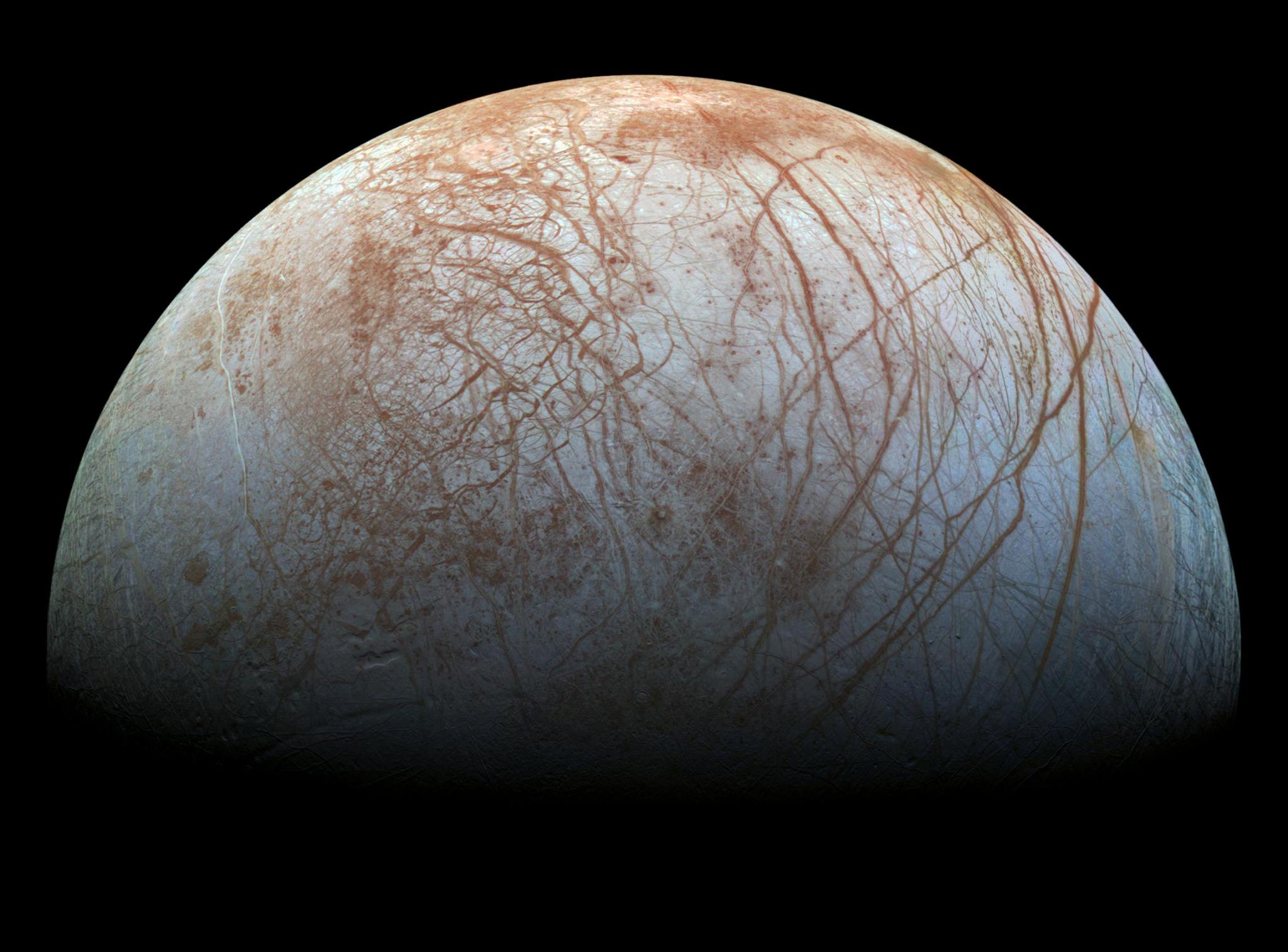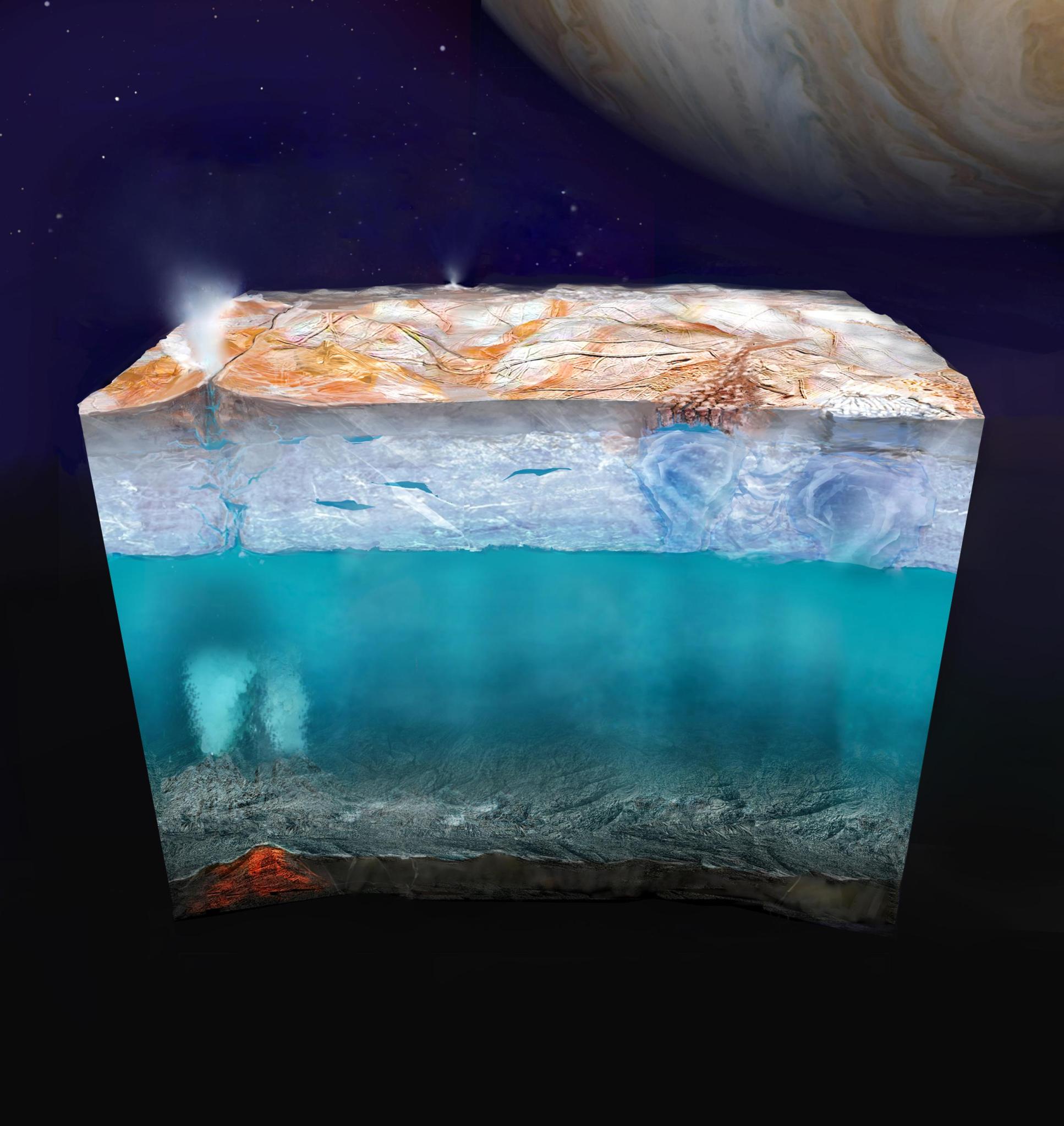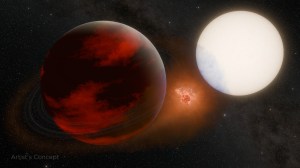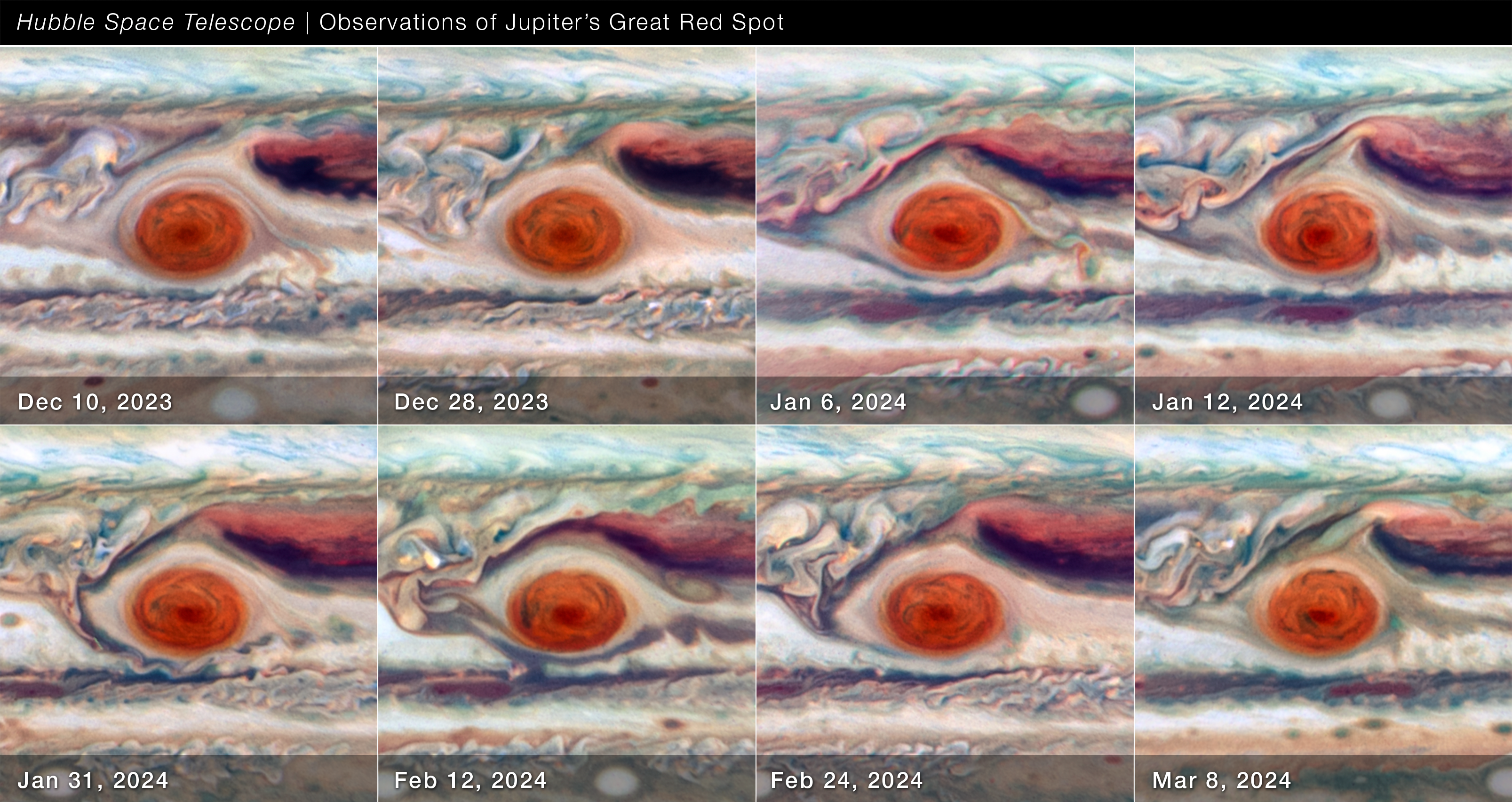Can Life Exist on an Icy Moon? NASA’s Europa Clipper Aims to Find Out
6 min read
Preparations for Next Moonwalk Simulations Underway (and Underwater)

With a spacecraft launching soon, the mission will try to answer the question of whether there are ingredients suitable for life in the ocean below Europa’s icy crust.
Deep down, in an ocean beneath its ice shell, Jupiter’s moon Europa might be temperate and nutrient-rich, an ideal environment for some form of life — what scientists would call “habitable.” NASA’s Europa Clipper mission aims to find out.
NASA now is targeting launch no earlier than Monday, Oct. 14, on a SpaceX Falcon Heavy rocket from Launch Complex 39A at NASA’s Kennedy Space Center in Florida.
Europa Clipper’s elongated, looping orbit around Jupiter will minimize the spacecraft’s exposure to intense radiation while allowing it to dive in for close passes by Europa. Using a formidable array of instruments for each of the mission’s 49 flybys, scientists will be able to “see” how thick the moon’s icy shell is and gain a deeper understanding of the vast ocean beneath. They’ll inventory material on the surface that might have come up from below, search for the fingerprints of organic compounds that form life’s building blocks, and sample any gases ejected from the moon for evidence of habitability.
Mission scientists will analyze the results, probing beneath the moon’s frozen shell for signs of a water world capable of supporting life.

“It’s important to us to paint a picture of what that alien ocean is like — the kind of chemistry or even biochemistry that could be happening there,” said Morgan Cable, an astrobiologist and member of the Europa Clipper science team at NASA’s Jet Propulsion Laboratory in Southern California, which manages the mission.
Ice Investigation
Central to that work is hunting for the types of salts, ices, and organic material that make up the key ingredients of a habitable world. That’s where an imager called MISE (Mapping Imaging Spectrometer for Europa) comes in. Operating in the infrared, the spacecraft’s MISE divides reflected light into various wavelengths to identify the corresponding atoms and molecules.
The mission will also try to locate potential hot spots near Europa’s surface, where plumes could bring deep ocean material closer to the surface, using an instrument called E-THEMIS (Europa Thermal Emission Imaging System), which also operates in the infrared.
Capturing sharply detailed pictures of Europa’s surface with both a narrow and a wide-image camera is the task of the EIS (Europa Imaging System). “The EIS imagers will give us incredibly high-resolution images to understand how Europa’s surface evolved and is continuing to change,” Cable said.
Gases and Grains
NASA’s Cassini mission spotted a giant plume of water vapor erupting from multiple jets near the south pole of Saturn’s ice-covered moon Enceladus. Europa may also emit misty plumes of water, pulled from its ocean or reservoirs in its shell. Europa Clipper’s instrument called Europa-UVS (Europa Ultraviolet Spectrograph) will search for plumes and can study any material that might be venting into space.
Whether or not Europa has plumes, the spacecraft carries two instruments to analyze the small amount of gas and dust particles ejected from the moon’s surface by impacts with micrometeorites and high-energy particles: MASPEX (MAss SPectrometer for Planetary EXploration/Europa) and SUDA (SUrface Dust Analyzer) will capture the tiny pieces of material ejected from the surface, turning them into charged particles to reveal their composition.
“The spacecraft will study gas and grains coming off Europa by sticking out its tongue and tasting those grains, breathing in those gases,” said Cable.
Inside and Out
The mission will look at Europa’s external and internal structure in various ways, too, because both have far-reaching implications for the moon’s habitability.
To gain insights into the ice shell’s thickness and the ocean’s existence, along with its depth and salinity, the mission will measure the moon’s induced magnetic field with the ECM (Europa Clipper Magnetometer) and combine that data with measurements of electrical currents from charged particles flowing around Europa — data provided by PIMS (Plasma Instrument for Magnetic Sounding).
In addition, scientists will look for details on everything from the presence of the ocean to the structure and topography of the ice using REASON (Radar for Europa Assessment and Sounding to Near-surface), which will peer up to 18 miles (29 kilometers) into the shell — itself a potentially habitable environment. Measuring the changes that Europa’s gravity causes in radio signals should help nail down ice thickness and ocean depth.
“Non-icy materials on the surface could get moved into deep interior pockets of briny water within the icy shell,” said Steve Vance, an astrobiologist and geophysicist who also is a member of the Europa Clipper science team at JPL. “Some might be large enough to be considered lakes, or at least ponds.”
Using the data gathered to inform extensive computer modeling of Europa’s interior structure also could reveal the ocean’s composition and allow estimates of its temperature profile, Vance said.
Whatever conditions are discovered, the findings will open a new chapter in the search for life beyond Earth. “It’s almost certain Europa Clipper will raise as many questions or more than it answers — a whole different class than the ones we’ve been thinking of for the last 25 years,” Vance said.
More About Europa Clipper
Europa Clipper’s three main science objectives are to determine the thickness of the moon’s icy shell and its interactions with the ocean below, to investigate its composition, and to characterize its geology. The mission’s detailed exploration of Europa will help scientists better understand the astrobiological potential for habitable worlds beyond our planet.
To learn more about the science instruments aboard Europa Clipper and the institutions provide them, visit:
https://europa.nasa.gov/spacecraft/instruments
Managed by Caltech in Pasadena, California, NASA’s Jet Propulsion Laboratory leads the development of the Europa Clipper mission in partnership with the Johns Hopkins Applied Physics Laboratory in Laurel, Maryland, for NASA’s Science Mission Directorate in Washington. APL designed the main spacecraft body in collaboration with JPL and NASA’s Goddard Space Flight Center in Greenbelt, Maryland, NASA’s Marshall Space Flight Center in Huntsville, Alabama, and NASA’s Langley Research Center in Hampton, Virginia. The Planetary Missions Program Office at Marshall executes program management of the Europa Clipper mission.
NASA’s Launch Services Program, based at Kennedy, manages the launch service for the Europa Clipper spacecraft, which will launch on a SpaceX Falcon Heavy rocket from Launch Complex 39A at Kennedy.
Find more information about Europa here:
News Media Contacts
Gretchen McCartney
Jet Propulsion Laboratory, Pasadena, Calif.
818-393-6215
gretchen.p.mccartney@jpl.nasa.gov
Karen Fox / Molly Wasser
NASA Headquarters, Washington
202-358-1600
karen.c.fox@nasa.gov / molly.l.wasser@nasa.gov
Written by Pat Brennan
2024-138






